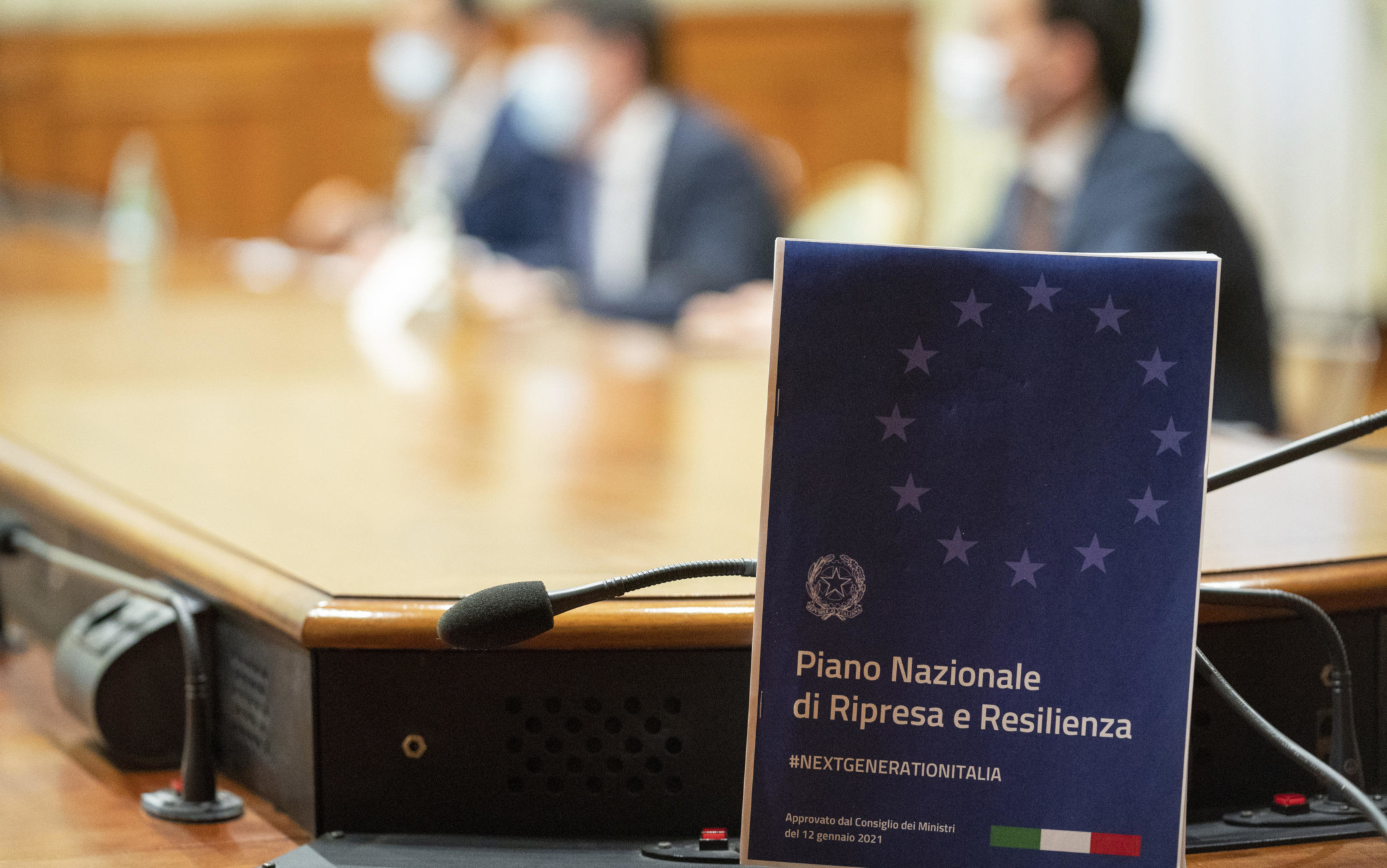
According to Eurostat data, the crisis due to Covid has caused an unprecedented loss of income from work. The impact was particularly severe for young people. Before the pandemic, unemployment in the EU among young people between 14 and 24 years old was 25.7%. By December 2020, unemployment had risen to 29.7%.
In this scenario, apprenticeships can be the right tool to help young people enter the world of work, return to school and prepare for the economy of the future.
Dual apprenticeships are jobs which combine practical on-the-job skills training with sustained off-the-job learning, available from entry level to master’s degree-equivalent.
The National Recovery and Resilience Plan (PNRR) is part of the Next Generation EU (NGEU) program, the 750 billion euro package, about half of which is made up of grants, agreed by the European Union in response to the pandemic crisis.
The Italian Recovery and Resilience Plan has 6 missions. Mission 5 - Inclusion and cohesion provides for a total allocation of 22.6 billion (of which 19.8 billion from the RRF Device and 2.8 from the Fund) to facilitate participation in the labor market, including through training, strengthen policies active labor and promoting social inclusion.
The first component of the Mission is dedicated to dual apprenticeships. It is planned to strengthen the dual system with the aim of reducing the gap between the skills acquired at school, in vocational training or at university and those required by the labor market through an integrated training model that favors the creation of an ongoing relationship between education, training and work.
Italy will invest 600 million to implement specific measures to promote youth employment through dual apprenticeships.




